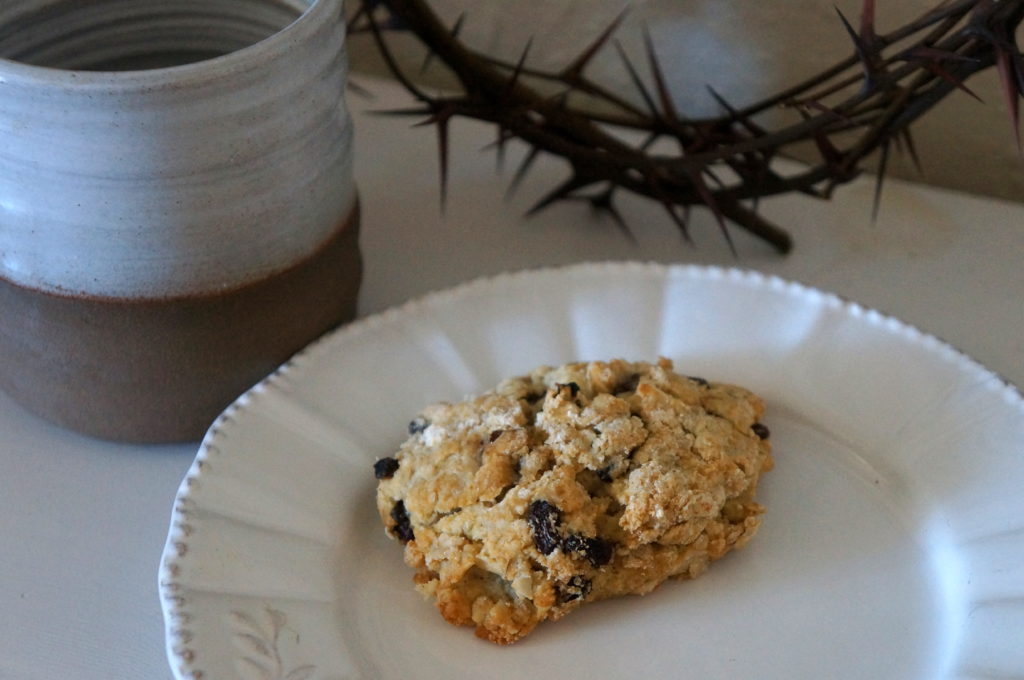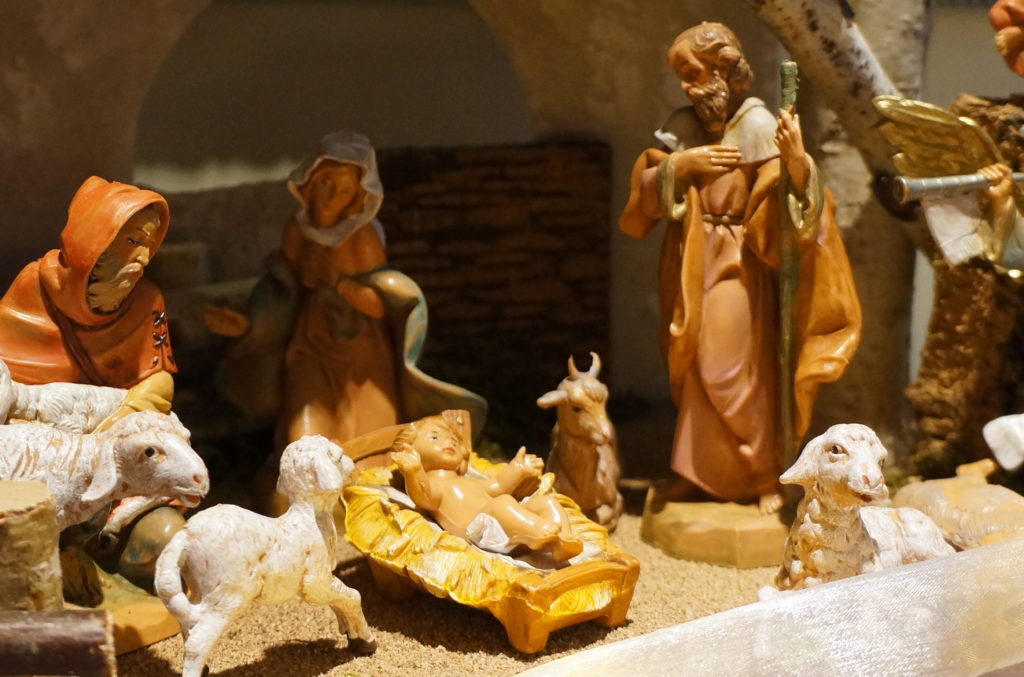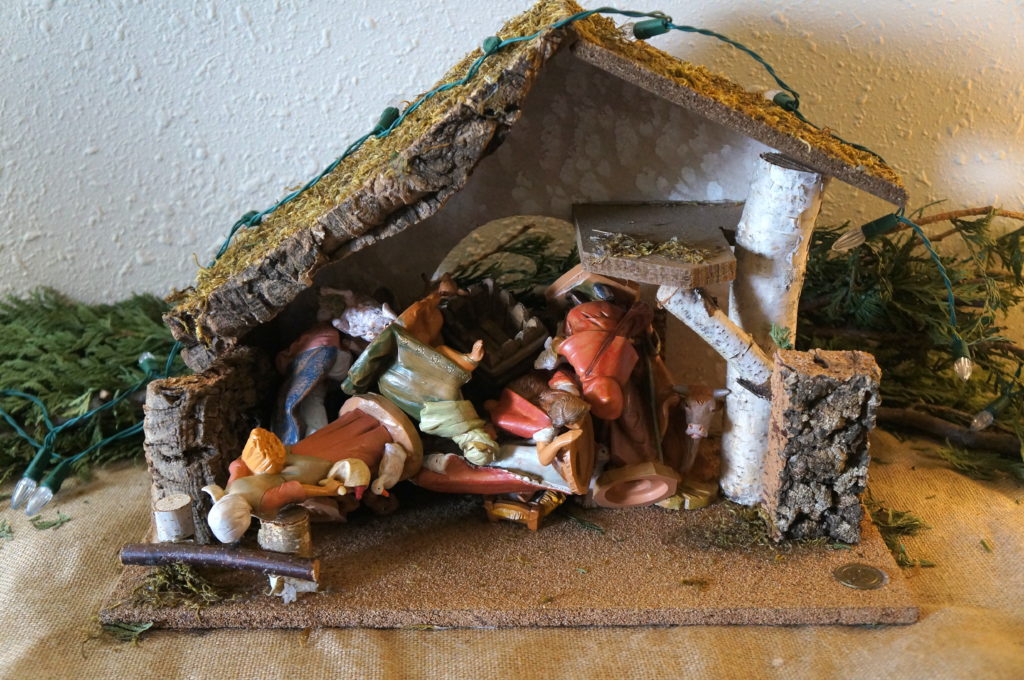I’ve been fortunate as a parent to have never felt competent. From the very beginning I have felt completely out of my league in both knowledge and skill, to say the least of experience. God threw me a curveball from my very first days of motherhood—and I thank Him for it. It brought me to my knees, and I haven’t risen up since.
Most recently, it has been my eldest son who has caused me the most befuddlement and angst (here, I call him Bear). The poor guy is utterly surrounded by women—he’s flanked by sisters, two elder and two younger. His younger brother is only now beginning to want to play and wrestle, but the 7-year age difference will require restraint on Bear’s part for a while. He’s ten years old, and around the same age and stage with his older sisters, I was equally befuddled because they started to change. It was like human plate tectonics—the hormones, the feelings, the body—everything starts to shift and adolescent natural disasters begin to avalanche. Sure, it’s frustrating and tiring, but most of all I begin to feel helpless. I want to help them through this trying stage, but it’s as though I have to get to know them all over again.
Recently, a friend from my parish wanted to get together with some other ladies and pray aloud for each other’s children. I had low expectations going into it, afraid it would be too like long days past at Quaker camp when we would all cry around a campfire while someone played worship songs. But it was surprisingly moving and powerful to listen to a friend pray out loud for my son, and petition God’s assistance in his life and mine as a parent.
In the weeks that followed, I noticed that when Bear had a blow-up or break-down, instead of reacting, somehow I didn’t. Somehow I remained calm. Somehow I listened. Somehow I tried to figure him out in that moment and do what was best for him. I could feel the grace of God in those moments, knew the words I was speaking weren’t my own. The confrontation would end and I would find myself shaking my head, kind of in awe of what just transpired.
Nothing’s permanently fixed, of course. From experience I know that soon we’ll pass through another confusing and trying stage of behavior. Parenting is forever clinging to a lifeboat at sea, constantly feeling out the movement of the ocean, riding each wave as it comes, learning some from experience, but relying mostly on grace.




